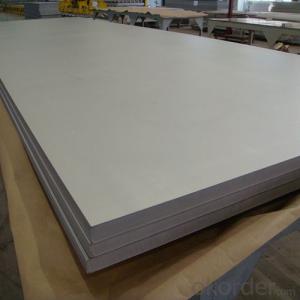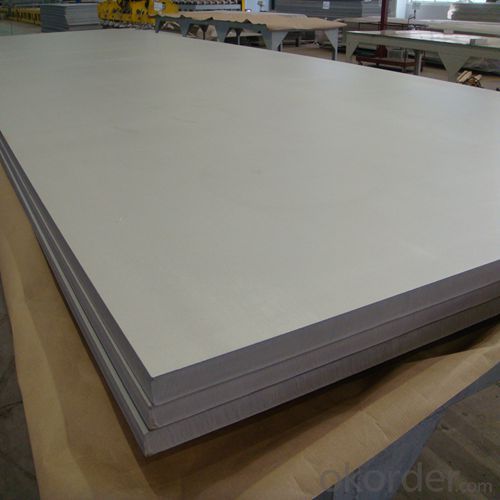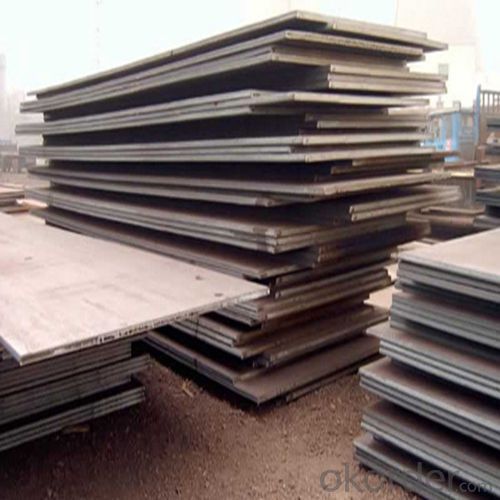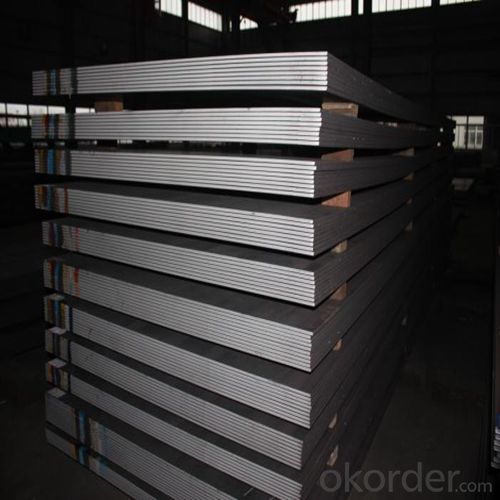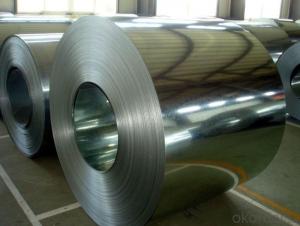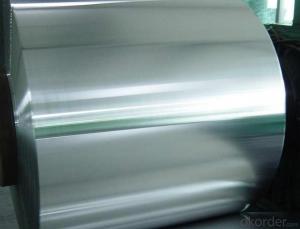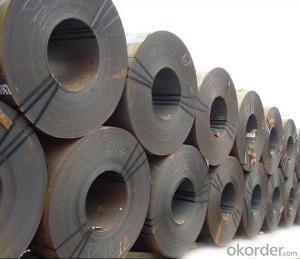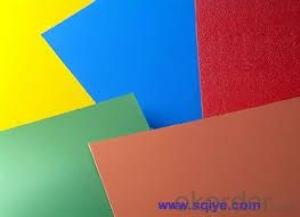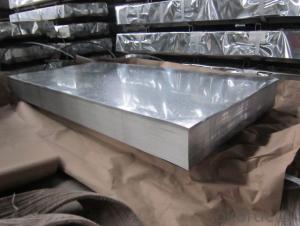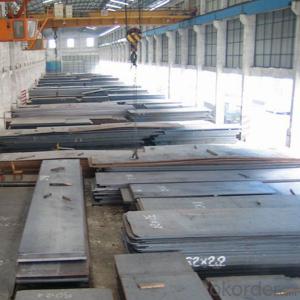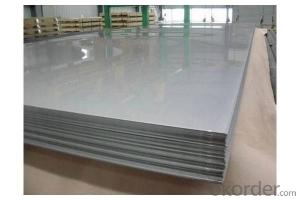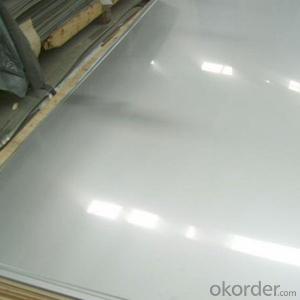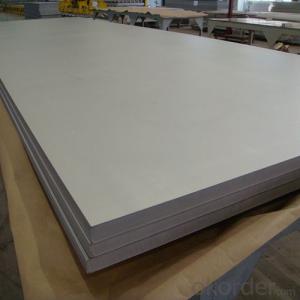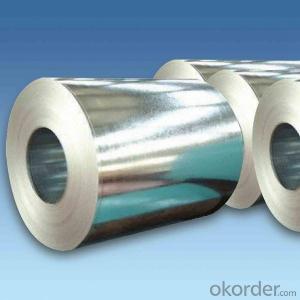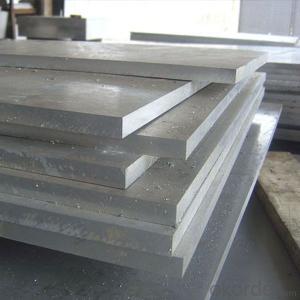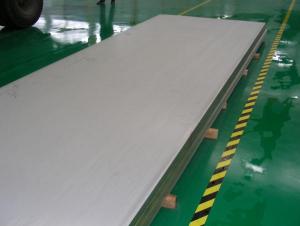Carbon Steel Plate China Made Structural Steel Plate
- Loading Port:
- Tianjin
- Payment Terms:
- TT or LC
- Min Order Qty:
- 100 m.t.
- Supply Capability:
- 50000 m.t./month
OKorder Service Pledge
OKorder Financial Service
You Might Also Like
Product Description:
OKorder is offeringCarbon Steel Plate China Made Structural Steel Plate at great prices with worldwide shipping. Our supplier is a world-class manufacturer of steel, with our products utilized the world over. OKorder annually supplies products to European, North American and Asian markets. We provide quotations within 24 hours of receiving an inquiry and guarantee competitive prices.
Product Applications:
Carbon Steel Plate China Made Structural Steel Plate are ideal for structural applications and are widely used in the construction of buildings and bridges, and the manufacturing, petrochemical, and transportation industries.
Product Advantages:
OKorder's Carbon Steel Plate China Made Structural Steel Plate are durable, strong, and resist corrosion.
Main Product Features:
· Premium quality
· Prompt delivery & seaworthy packing (30 days after receiving deposit)
· Corrosion resistance
· Can be recycled and reused
· Mill test certification
· Professional Service
· Competitive pricing
Product Specifications:
Standard:AISI, ASTM, DIN, GB, JIS
Grade:Q195,Q235,SS400,A36,Q345B
Thickness:1.5mm-200mm
Place of Origin:Tianjin, China (Mainland)
Brand Name:Zhenxiang-steel plate
Model Number:1.5mm-200mm steel plate
Type:Steel Plate
Technique:Hot Rolled
Application:Ship Plate
Special Use:High-strength Steel Plate
Width:600mm-3200mm
Length:any length
Standard:AISI, ASTM, BS, DIN, GB, JIS
Grade:Q195,Q235,SS400,A36,Q345B
Technique:Hot Rolled
MOQ:100 tons
Delivery Detail:25 days after receive payment
| Packaging Details: | steel plate suitable for exported packing in coil coil weight arround 2 mt |
|---|---|
| Delivery Detail: | 10-25 days after receive payment |
Steel Plate
1.Dimension:8-100
2.Length:1000-12000
3.Grade:Q235,SS400,A36,Q345
4.Large stock, low price, high quality
FAQ:
Q1: Why buy Materials & Equipment from OKorder.com?
A1: All products offered byOKorder.com are carefully selected from China's most reliable manufacturing enterprises. Through its ISO certifications, OKorder.com adheres to the highest standards and a commitment to supply chain safety and customer satisfaction.
Q2: How do we guarantee the quality of our products?
A2: We have established an advanced quality management system which conducts strict quality tests at every step, from raw materials to the final product. At the same time, we provide extensive follow-up service assurances as required.
Q3: How soon can we receive the product after purchase?
A3: Within three days of placing an order, we will begin production. The specific shipping date is dependent upon international and government factors, but is typically 7 to 10 workdays.
Q4: What makes stainless steel stainless?
A4: Stainless steel must contain at least 10.5 % chromium. It is this element that reacts with the oxygen in the air to form a complex chrome-oxide surface layer that is invisible but strong enough to prevent further oxygen from "staining" (rusting) the surface. Higher levels of chromium and the addition of other alloying elements such as nickel and molybdenum enhance this surface layer and improve the corrosion resistance of the stainless material.
Q5: Can stainless steel rust?
A5: Stainless does not "rust" as you think of regular steel rusting with a red oxide on the surface that flakes off. If you see red rust it is probably due to some iron particles that have contaminated the surface of the stainless steel and it is these iron particles that are rusting. Look at the source of the rusting and see if you can remove it from the surface.
Images:
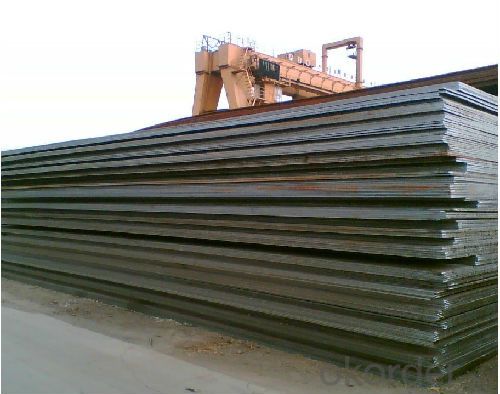
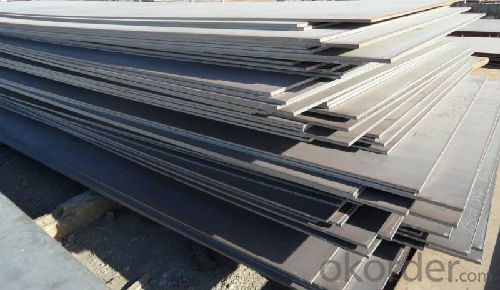
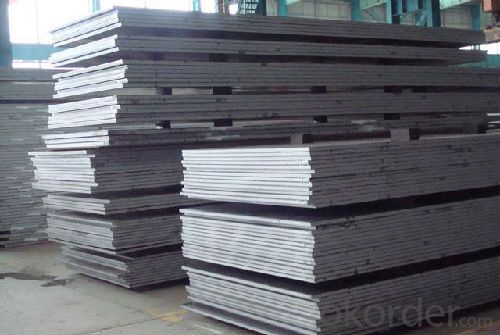
- Q: Are steel sheets suitable for decorative applications?
- Yes, steel sheets are suitable for decorative applications. Steel sheets can be used in various decorative applications due to their versatility, durability, and aesthetic appeal. They can be easily manipulated into different shapes, sizes, and patterns, making them suitable for a wide range of decorative purposes. Steel sheets can be used to create decorative wall panels, room dividers, ceiling tiles, and facades. They can also be used for decorative accents such as trims, moldings, and decorative screens. The smooth and reflective surface of steel sheets adds a modern and elegant touch to any space. Additionally, steel sheets can be coated or treated with various finishes and coatings to enhance their decorative properties. These finishes can include paint, powder coating, patina, or even specialized coatings like faux rust or metallic finishes. These options allow for a wide range of design possibilities, enabling steel sheets to complement any interior or exterior décor style. Moreover, steel sheets are highly durable and long-lasting, making them suitable for both indoor and outdoor decorative applications. They are resistant to corrosion, fire, and extreme weather conditions, ensuring that the decorative elements made from steel sheets maintain their appearance and functionality over time. In summary, steel sheets are indeed suitable for decorative applications. Their versatility, durability, and aesthetic appeal make them an excellent choice for creating visually appealing and long-lasting decorative elements in various settings.
- Q: Can steel sheets be used for manufacturing shipping pallets?
- Yes, steel sheets can be used for manufacturing shipping pallets. Steel sheets provide durability, strength, and resistance to damage, making them suitable for heavy-duty applications like shipping pallets.
- Q: What is the difference between a steel sheet and a steel plate?
- A steel sheet and a steel plate have a few key differences. Firstly, the thickness of a steel sheet is generally less than 6mm, while a steel plate is typically thicker and measures 6mm or more. This difference in thickness is primarily due to the intended use of each product. Steel sheets are often used in applications where weight and flexibility are important, such as in the manufacturing of automobile bodies or appliances. On the other hand, steel plates are commonly utilized in heavy-duty constructions, such as bridges, buildings, or machinery, where strength and durability are paramount. Another difference lies in the manufacturing process. Steel sheets are typically produced through hot rolling, which involves heating the steel above its recrystallization temperature and then passing it between rollers to achieve the desired thickness. Steel plates, on the other hand, can be produced through hot rolling or cold rolling processes. Cold rolling involves passing the steel through rollers at room temperature, resulting in a more precise and smoother surface finish. Additionally, the size of steel sheets and plates also varies. Steel sheets tend to be standardized in terms of width and length, making them easier to handle and transport. Steel plates, on the other hand, are available in various sizes and dimensions, allowing for greater customization to suit specific project requirements. In summary, the primary differences between a steel sheet and a steel plate lie in their thickness, manufacturing process, and intended use. While steel sheets are thinner and more lightweight, steel plates are thicker and employed in heavy-duty applications that require strength and durability.
- Q: What is the difference between a smooth and embossed steel sheet?
- A smooth steel sheet has a flat and even surface, while an embossed steel sheet has a textured or raised pattern on its surface.
- Q: Can steel sheets be used in corrosive environments like saltwater?
- Steel sheets are capable of being used in corrosive environments, such as saltwater. However, their suitability for such conditions depends on the type of steel and the level of corrosion resistance it provides. Stainless steel, for instance, possesses a high resistance to corrosion and is commonly utilized in marine and saltwater settings. This type of steel contains chromium, which creates a protective layer on its surface, shielding it from reacting with the saltwater. Other varieties of steel, like carbon steel, may also be employed in saltwater environments, but they necessitate additional protective coatings or treatments to prevent corrosion. Ensuring the durability of steel sheets in corrosive environments like saltwater requires regular maintenance and proper care.
- Q: Are steel sheets resistant to impact and vibration?
- Yes, steel sheets are generally resistant to impact and vibration due to their strong and sturdy nature.
- Q: What is the difference between a hot rolled and cold rolled stainless steel sheet?
- The main difference between a hot rolled and cold rolled stainless steel sheet lies in the production process. Hot rolled stainless steel sheets are made by heating a stainless steel slab above its recrystallization temperature and then rolling it through a series of rollers until the desired thickness is achieved. This process results in a rough, scaled surface with a characteristic oxide layer. On the other hand, cold rolled stainless steel sheets are produced by further processing the hot rolled sheets. The hot rolled sheets are first annealed, which involves heating them and then cooling them slowly to regulate the microstructure and remove any stresses. After annealing, the sheets are cold rolled, which means they are passed through a set of rollers at room temperature to achieve the desired thickness. This process results in a smoother, more refined surface with improved mechanical properties. In summary, hot rolled stainless steel sheets have a rough surface and are less precise in terms of thickness, while cold rolled stainless steel sheets have a smoother surface and are more precise in terms of thickness. Cold rolled sheets also tend to have better mechanical properties due to the additional processing steps involved.
- Q: What are the cost considerations for steel sheets?
- The cost considerations for steel sheets typically depend on factors such as the grade of steel, size and thickness of the sheets, quantity required, and market conditions. Additionally, transportation and handling costs, as well as any additional processing or finishing requirements, can also impact the overall cost of steel sheets.
- Q: How are steel sheets protected during transportation by sea?
- Steel sheets are protected during transportation by sea through various measures to ensure their safety and prevent damage. One of the most common methods used is the application of a protective coating on the steel sheets. This coating acts as a barrier against moisture and saltwater, which are the primary causes of corrosion during sea transportation. The coating can either be a temporary solution, such as a layer of oil or wax, or a more permanent solution, such as a layer of paint or zinc. Additionally, steel sheets are often packaged in bundles or placed in shipping containers to provide added protection. These bundles are secured with straps or wires to prevent movement and potential damage during rough sea conditions. The shipping containers themselves are designed to withstand the rigors of sea transportation and protect the steel sheets from exposure to the elements. Furthermore, steel sheets may be wrapped in plastic or other waterproof materials to provide an extra layer of protection against moisture. This helps to prevent the sheets from coming into direct contact with seawater or rain, reducing the risk of corrosion. During loading and unloading, proper handling techniques are employed to minimize the risk of damage. Cranes or forklifts are used to lift and move the steel sheets carefully, ensuring that they are not dropped or subjected to excessive force that could cause dents or bends. Overall, a combination of protective coatings, secure packaging, and proper handling techniques are employed to safeguard steel sheets during transportation by sea, reducing the chances of damage and ensuring that they arrive at their destination in optimal condition.
- Q: Are steel sheets suitable for chemical storage tanks?
- Yes, steel sheets are suitable for chemical storage tanks. Steel is known for its durability, strength, and resistance to corrosion, making it an excellent choice for storing various chemicals. Additionally, steel sheets can be easily fabricated into different shapes and sizes, allowing for customization based on specific storage requirements.
Send your message to us
Carbon Steel Plate China Made Structural Steel Plate
- Loading Port:
- Tianjin
- Payment Terms:
- TT or LC
- Min Order Qty:
- 100 m.t.
- Supply Capability:
- 50000 m.t./month
OKorder Service Pledge
OKorder Financial Service
Similar products
Hot products
Hot Searches
Related keywords
